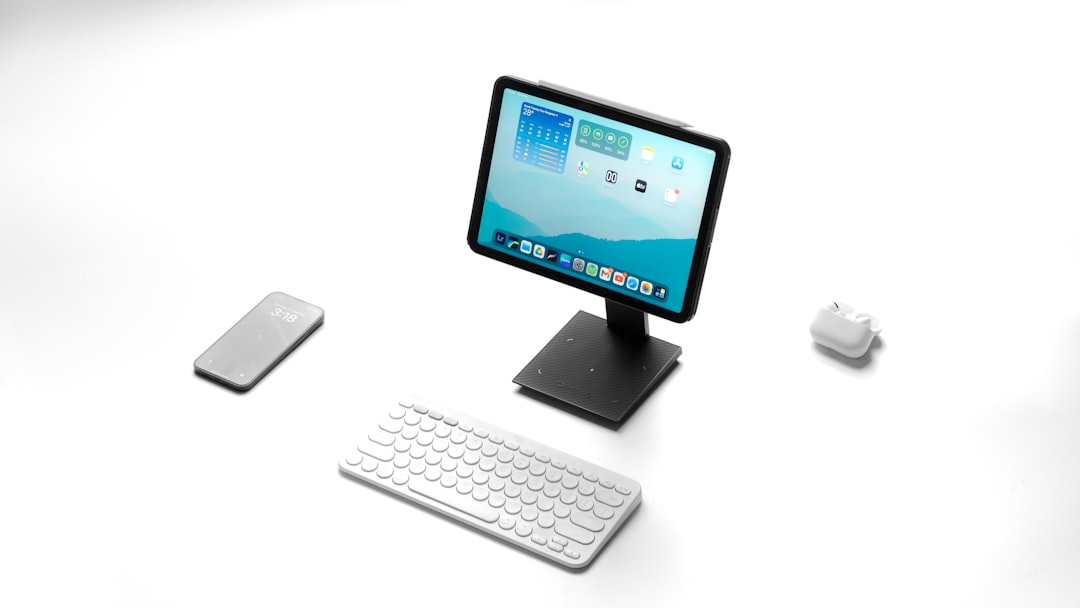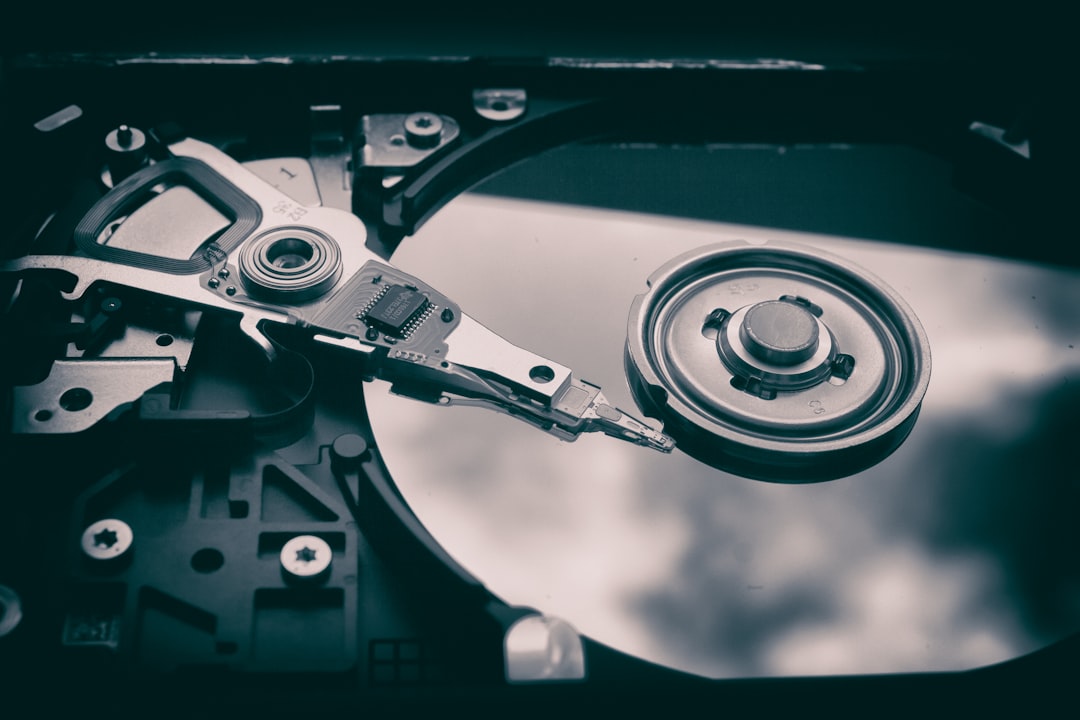When purchasing a new laptop or tablet, one of the most critical specifications to consider is storage. Two storage types that often appear in budget and mid-range devices are eMMC (Embedded MultiMediaCard) and SSD (Solid State Drive). Both serve the fundamental purpose of storing data, but their performance, capacity, and reliability differ significantly.
What is eMMC Storage?
eMMC storage is a type of flash storage technology commonly found in budget-friendly laptops, tablets, and smartphones. It is an embedded version of a MultiMediaCard (MMC), which means it is soldered directly onto the device’s motherboard, making it non-upgradable.
- Speed: eMMC storage typically offers read and write speeds between 100 MB/s to 400 MB/s, depending on the version.
- Capacity: Most eMMC storage devices come in smaller capacities, usually ranging from 32GB to 128GB.
- Use case: Suitable for lightweight computing tasks such as web browsing, document editing, and media streaming.

What is SSD Storage?
SSD storage is a more advanced and faster storage solution. Unlike eMMC, SSDs come in different interfaces such as SATA, NVMe, and PCIe, offering vastly superior read and write speeds.
- Speed: SATA SSDs offer speeds of up to 550 MB/s, while NVMe SSDs can reach over 3,000 MB/s.
- Capacity: SSDs come in much larger capacities, typically ranging from 128GB to multiple terabytes.
- Use case: Ideal for high-performance applications, including gaming, video editing, and multitasking.

Key Differences Between eMMC and SSD
| Feature | eMMC | SSD |
|---|---|---|
| Speed | 100-400 MB/s | 550 MB/s (SATA) to 3,000+ MB/s (NVMe) |
| Capacity | 32GB to 128GB | 128GB to several TBs |
| Upgradeability | Not upgradable | Upgradable in most cases |
| Performance | Basic tasks | High-performance tasks |
| Cost | Lower cost | More expensive |
Which One Should You Choose?
The choice between eMMC and SSD depends on the intended use of the device. If the primary purpose is light web browsing, email checking, and basic tasks, an eMMC-based device might suffice. However, if a user intends to multitask, play games, or edit videos, an SSD is a far better option due to its higher speed and capacity.
Conclusion
eMMC and SSD storage may serve the same purpose, but they differ significantly in performance, upgradeability, and cost. While eMMC is adequate for budget-conscious users with basic computing needs, SSDs provide a superior experience for demanding tasks. Understanding these differences ensures an informed purchasing decision that aligns with the user’s requirements.
Frequently Asked Questions (FAQ)
1. Is eMMC storage slower than SSD?
Yes, eMMC storage is significantly slower than an SSD, especially NVMe SSDs, which provide much higher read and write speeds.
2. Can I upgrade eMMC storage?
No, eMMC storage is soldered onto the motherboard and cannot be replaced or upgraded.
3. Are laptops with eMMC worth buying?
It depends on the use case. If you only need a laptop for browsing, document editing, and streaming, an eMMC-based device is adequate. For anything beyond that, an SSD is recommended.
4. How long do eMMC and SSD storage devices last?
SSDs typically have a longer lifespan than eMMC due to their more advanced memory management and higher endurance.
5. Are eMMC and SSD the same as HDD?
No, HDDs use spinning disks to store data, making them much slower than both SSDs and eMMC storage solutions.